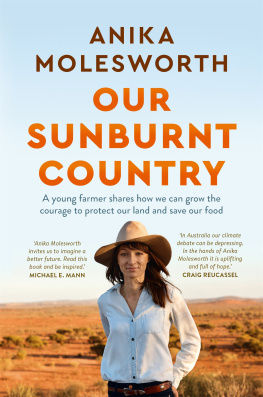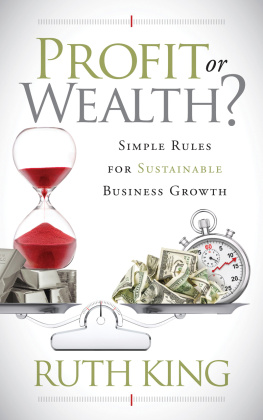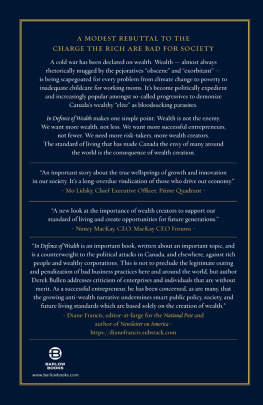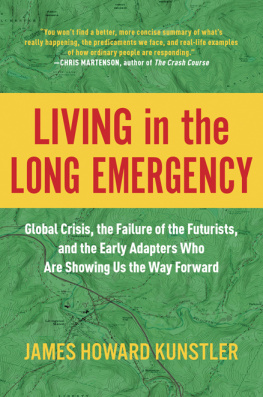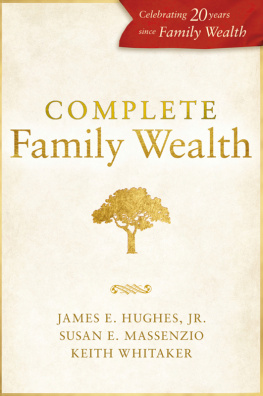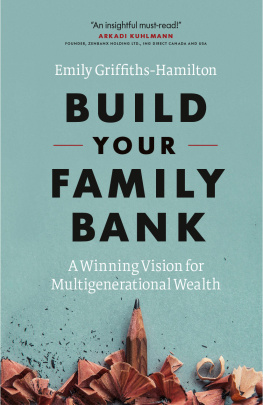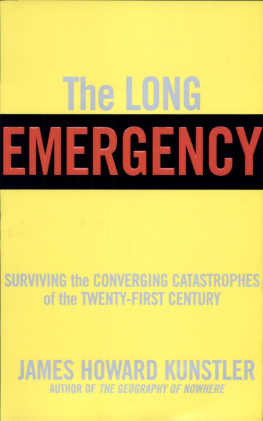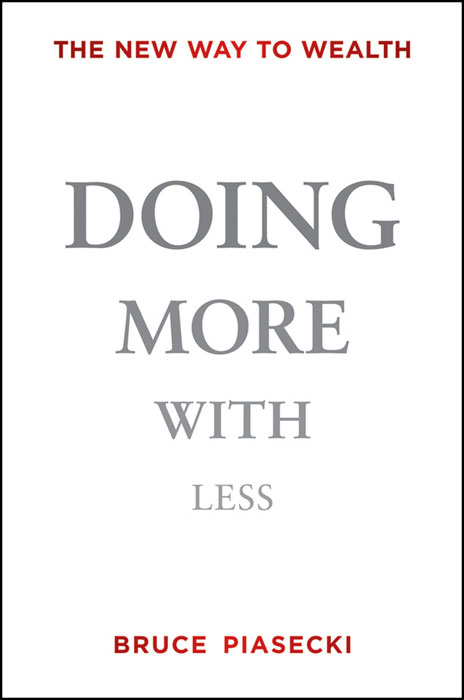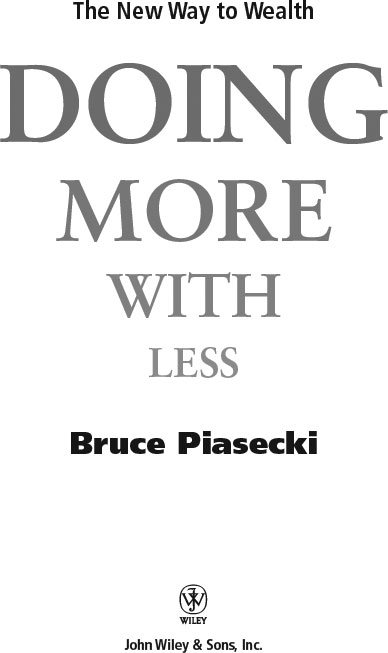Copyright 2012 by Bruce Piasecki. All rights reserved.
Published by John Wiley & Sons, Inc., Hoboken, New Jersey.
Published simultaneously in Canada.
No part of this publication may be reproduced, stored in a retrieval system, or transmitted in any form or by any means, electronic, mechanical, photocopying, recording, scanning, or otherwise, except as permitted under Section 107 or 108 of the 1976 United States Copyright Act, without either the prior written permission of the Publisher, or authorization through payment of the appropriate per-copy fee to the Copyright Clearance Center, Inc., 222 Rosewood Drive, Danvers, MA 01923, (978) 750-8400, fax (978) 646-8600, or on the web at www.copyright.com . Requests to the Publisher for permission should be addressed to the Permissions Department, John Wiley & Sons, Inc., 111 River Street, Hoboken, NJ 07030, (201) 748-6011, fax (201) 748-6008, or online at http://www.wiley.com/go/permissions .
Limit of Liability/Disclaimer of Warranty: While the publisher and author have used their best efforts in preparing this book, they make no representations or warranties with respect to the accuracy or completeness of the contents of this book and specifically disclaim any implied warranties of merchantability or fitness for a particular purpose. No warranty may be created or extended by sales representatives or written sales materials. The advice and strategies contained herein may not be suitable for your situation. You should consult with a professional where appropriate. Neither the publisher nor author shall be liable for any loss of profit or any other commercial damages, including but not limited to special, incidental, consequential, or other damages.
For general information on our other products and services or for technical support, please contact our Customer Care Department within the United States at (800) 762-2974, outside the United States at (317) 572-3993 or fax (317) 572-4002.
Wiley publishes in a variety of print and electronic formats and by print-on-demand. Some material included with standard print versions of this book may not be included in e-books or in print-on-demand. If this book refers to media such as a CD or DVD that is not included in the version you purchased, you may download this material at http://booksupport.wiley.com . For more information about Wiley products, visit www.wiley.com .
Library of Congress Cataloging-in-Publication Data:
Piasecki, Bruce, 1955
Doing more with less : the new way to wealth / Bruce W. Piasecki.
p. cm.
Includes index.
ISBN: 978-1-118-17215-5 (hardback)
ISBN: 978-1-118-22687-2 (ebk)
ISBN: 978-1-118-23986-5 (ebk)
ISBN: 978-1-118-24274-2 (ebk)
1. Thriftiness. 2. Wealth. 3. Competition. 4. Social capital (Sociology). I. Title.
HG179.P495 2012
332.02401dc23
2011039736
Foreword
Gaining Ground
Do you recallI mean fully recallthose rare, unplanned, one-on-one conversations youve had from time to time, conversations that took you past all the surface noise in your life, the golf-link banter, the superficial structures of meaning, to a set of ideas that seemed much more true and left you with that Ah, so this is what its all about! feeling?
You are about to start one of those conversations as you begin Bruce Piaseckis Doing More with Less a short book, but not a small one.
Bruce asks you to study the practice of businessor any social undertaking for that matterat the level of calling. We all instinctively understand the idea of calling and understand that calling asks, Why are you doing what youre doing? and Can I stand foursquaremorally and intellectuallywith the choices I make?
Bruce uses an interesting word, machine-like, in this book, and by it he means the opposite of calling. The one is energized, fully committed, imaginative; the other is dull, automatic, deprived of feeling.
The general calling he explores in this book is frugality, and as a central idea, it echoes importantly on every page. By the time you close the back cover of this book, its likely your head will be buzzing as you consider ways in which you can realign your own enterprise in response to the shifting conditions of life that Bruce enumerates. This book cultivates a special sense of social purpose in capitalism, as it refines your particular instincts for innovation and survival.
Look, for example, at Walmart management from Piaseckis point of view. Their executives are responsible for a vast corporate entity, but as the world changed, Walmart didnt have to abandon its core business model or its motto, Save Money, Live Better, to become a massive champion of solar power. All they had to do was to realize that their flat store roofs average two acres and that they have almost 8,000 stores globally; by championing solar power, they were doing more with less. Bing! This book explores what Piasecki coins this art of competitive frugality.
Here are some of the newly important conditions explored in this book:
- Dynamics between society and business in the near future
- Personal thrift
- Executive authenticity
- Product durability (instead of disposability)
- Market stability in a time of globalization
- Incentives for cultural safety
- Public and business continuity
- Insights into wealth creation and creativity
The book adds, in short order, and with wit and speed, insights into the literature of globalization, product development, change management, and general management, as it provides an original take on the increasing role that sustainability and energy issues play in competitiveness.
This book could not be better timed for our new century. We all know were at the brink. Bruce Piasecki gives us the framework to look at whats next, without tottering toward failure. We can feel it in our bones that were poised at the stroke of midnight, and even the current or recent (depending on your perspective) recession feels like an ecological metaphorthat is, like a system out of control and pushed past its limits and natural carrying capacity.
Its in the spirit of these ideas that Bruce poses the challenge to all of us who are connected, in various ways, to the world of enterprise: How do you use your creative and innovative talents in this swift and severe world to free yourself from your self-inhibiting rationalizations, adjust the compass of your professional life, and then bring fresh direction to the endeavors you manage and influence? His vision is a new way to better align money, people, and rules, and his insights are global and of immediate application, as I heard folks say to leaders in government, business, and society at our Gaining Ground summit.
What all of this comes down to, in my view, is the principal responsibility of every business leader and every reader concerned about social trends to cultivate a reliable and favorable view of the futurenot the next quarter, but the near and certain future, where our own endeavors prepare a world for our successors.
To his credit and your clear good fortune as a reader, Bruce believes in the creative power in this return to frugality. That is to say, he believes in you leaders and innovators in business, corporate, and technical spheresand in your fundamental ability to take stock of change, both short term and tectonic, and make a creative, adaptive, resilient response. He knows this will not be easy, but it is a satisfying transformation before you.



